8 facts about the shoe-billed stork
The shoe-billed stork is a bird that is highly sought after by most birdwatching tourists in Uganda. Birdwatching tours in Uganda have increased in recent years, and the shoe-billed stork is at the top of the birdwatchers' list. The shoe-billed stork is a rare bird that can be seen because it mostly inhabits fresh swamps in tropical African countries such as Uganda, South Sudan, eastern Congo, Rwanda, western Tanzania and northern Zambia to name a few.
1. Physical description.
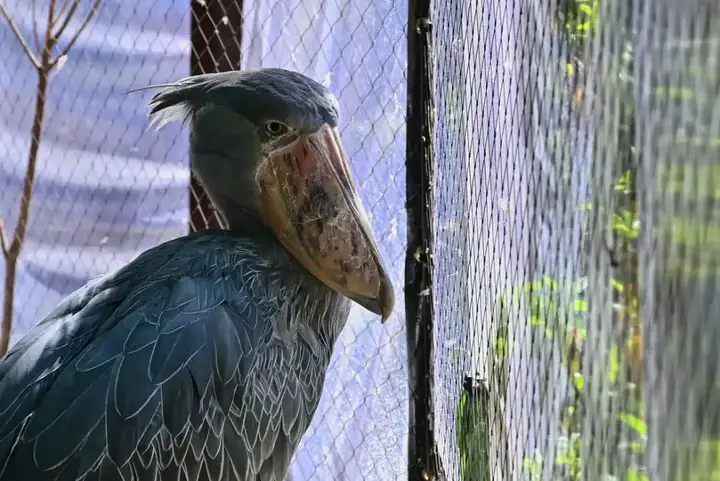
The name of the shoe-billed stork is derived from its huge, shoe-like beak. This bird is also referred to by other names such as whale head, whale head or shoebeak. The color of the adult male stork is predominantly gray while the color of young stork is brown. The stork has long feet up to about 18 cm long, and can reach a height of 4 to 5 feet when standing on two legs. A female adult shoe-billed stork can weigh about 6 kg while a male shoe-billed stork can weigh about 5 kg, which is about 12 pounds. The stork has sharp edges in its jaws to help it cut off the head or tear its prey, and it also sheds any plants after catching its prey.
Recommend
2. The gestation period of the shoe-billed stork.
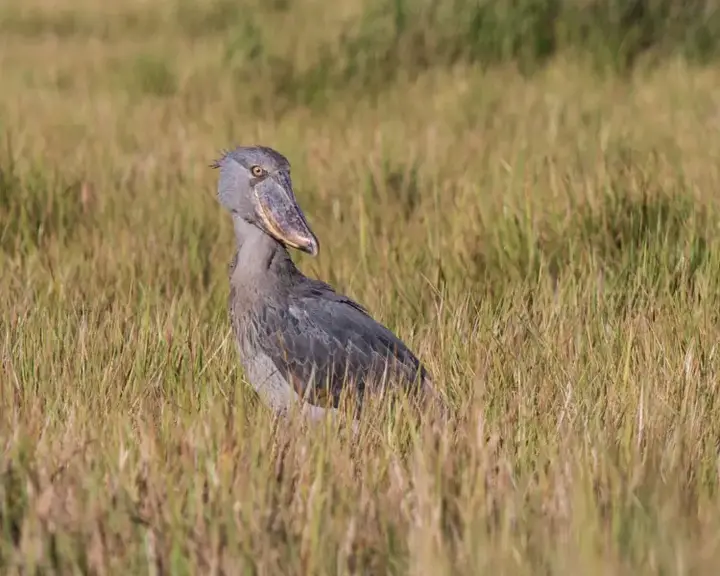
The gestation period of the shoe-billed stork is 30 days. A female stork can lay from one to three eggs with a height of 80 to 90 mm, a width of 56 to 61 mm and a weight of about 164 grams. The female lays her eggs in a nest that is 1 to 1.7 meters wide and can be up to 3 meters deep. Both parents are engaged in the construction of the nest on a floating platform. Once the chicks hatch, their parents take care of them until they are about 105 days old when they are able to fly. Young storks reach sexual maturity at the age of 3 years.
3. The average lifespan of a shoe-billed stork.
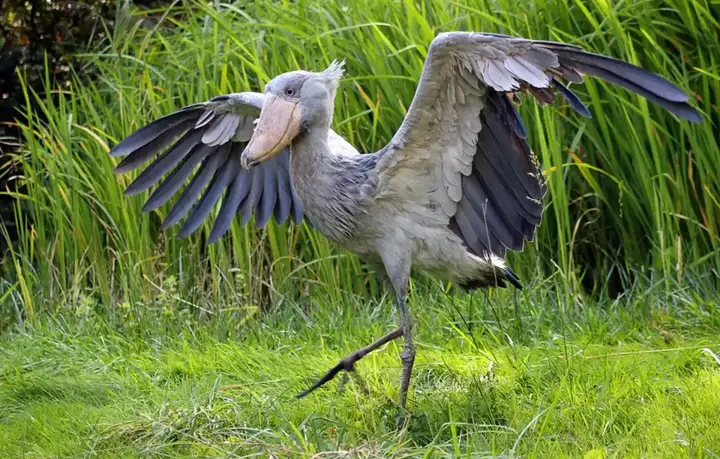
The shoe-billed stork has a longer lifespan compared to other birds. The average lifespan of a stork can vary from 35 to 50 years.
4. The homeland of the shoe-billed stork.

The shoe-beaked stork is endemic to the African continent. Storks are waterfowl that inhabit mainly freshwater swamps mainly in the countries of Central and East Africa; South Sudan, South Sudan, the eastern parts of the Democratic Republic of the Congo, Rwanda, Uganda, western Tanzania and northern parts of Zambia. However, few bird sightings have been reported in Kenya, Ethiopia, Malawi, the Central African Republic, northern Cameroon and Botswana. The shoe-billed stork is a non-migratory bird with very limited seasonal movements due to habitat changes, food availability and disturbances by humans. The shoe-billed stork is best seen in Uganda which has a consistent record of about 1,000 storks, and bird watchers can see the bird better in areas such as the Mamamba Swamp near Lake Victoria, Lake Mburu National Park, and Queen Elizabeth National Park.
5. The diet of the shoe-billed stork.
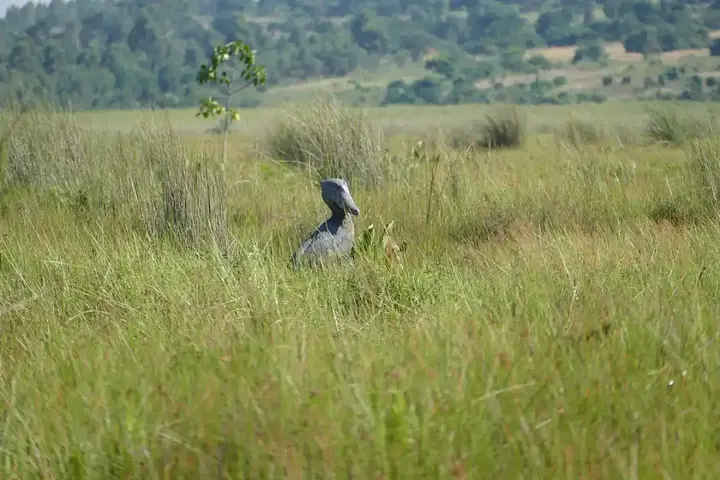
The diet of the shoe-billed stork consists mainly of aquatic mammals such as lungfish, crazy fish, catfish, sea snakes, small crocodiles, water snakes, tilapia, snails, Nile watchers, turtles, small waterfowl, and even frogs. The shoe-billed stork uses a unique hunting technique called "freeze-and-grab" to catch its prey.
6. Behavior/ethics of the shoe-billed stork.
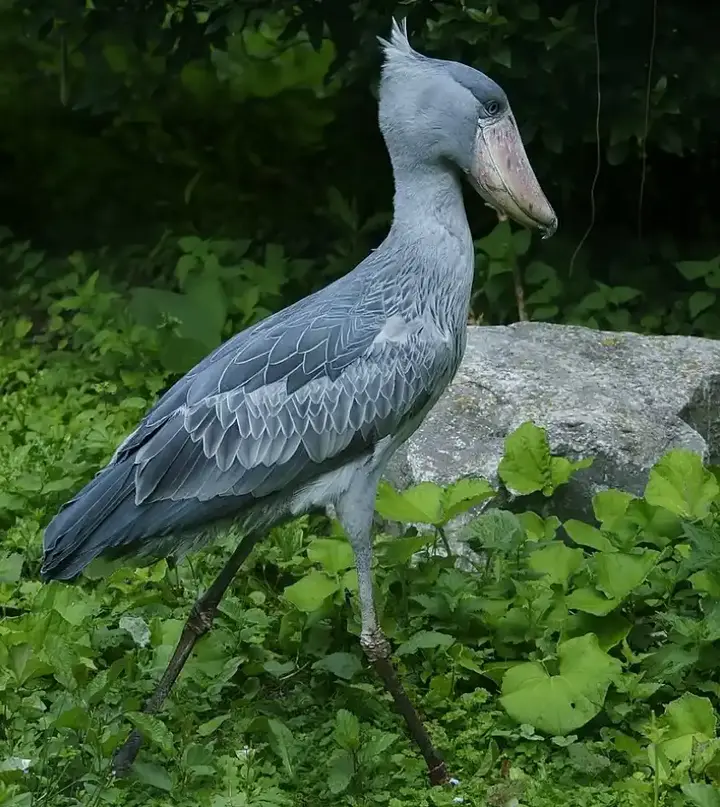
Shoe-billed storks are known to be silent birds, and this helps them hunt their prey as they hide silently and once they see their prey jump once and pick it up with its large shoe-like beak. However, in some cases, the shoebeak was heard making some sounds and gestures such as bellows, shaking the head, clapping the beak, and high-pitched wailing to communicate. This bird is known for its slow movements and tendency to remain still for long periods of time, hence the species has been described as "statue-like". The stork usually defecates on itself, and scientists have proven that the stork uses its droppings to cool its body from the heat, and this has been confirmed as one of the behaviors of all storks. The stork is known to be a solitary bird and prefers to live peacefully alone. Even hunting is carried out separately and the only time the male and female are seen together is during the mating season and after mating each bird moves separately. The stork often stands on floating plants to make itself look somewhat larger.
7. Conservation status.

According to the International Union for Conservation of Nature, the number of shoe-billed storks living in the wild is estimated at between 5,000 and 8,000. The majority of this species of birds can be found living in swamps in South Sudan, Uganda, eastern Democratic Republic of the Congo and Zambia. The ibis stork has been classified as an endangered species by the International Union for Conservation of Nature, while BirdLife International has classified it as a threatened species. The main threats to the survival of the storks include habitat loss due to human encroachment on wetlands, disturbances and poaching.
8. Facts about the movement of the shoe-billed stork bird.
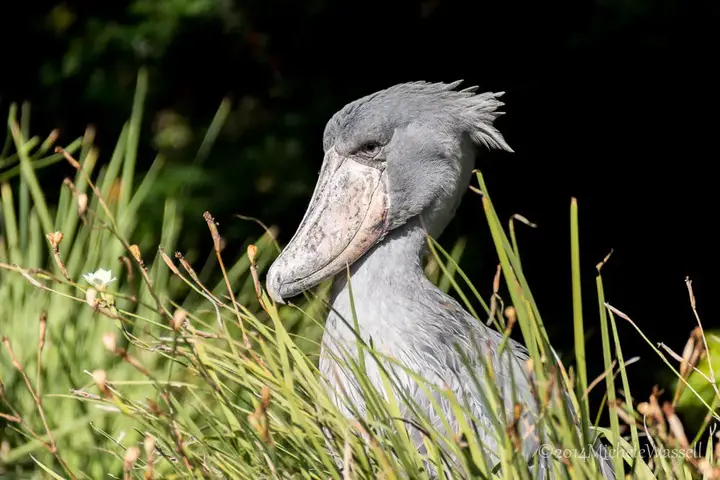
Storks with a shoebill can walk on their legs and can even fly with the help of their wide wings that extend to 2.5 meters in flight as they move from place to place. As they fly, they tend to move their heads back in order to stay long in the air, and they also use their large wings to maintain balance in the air.








